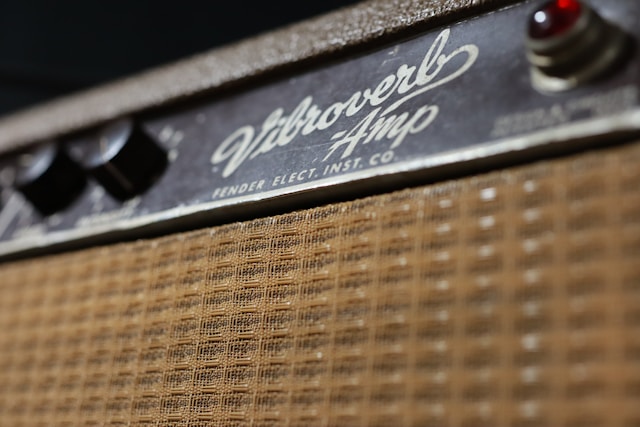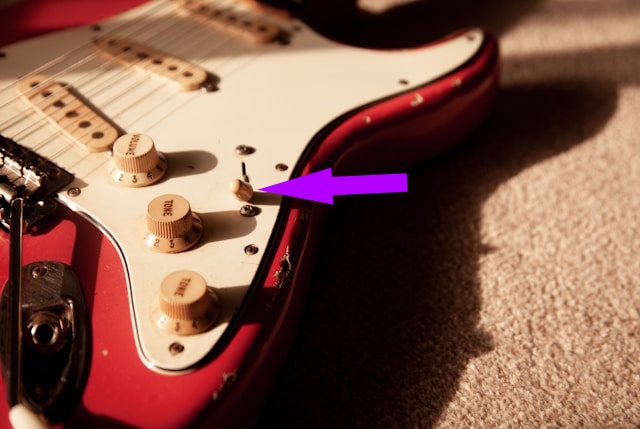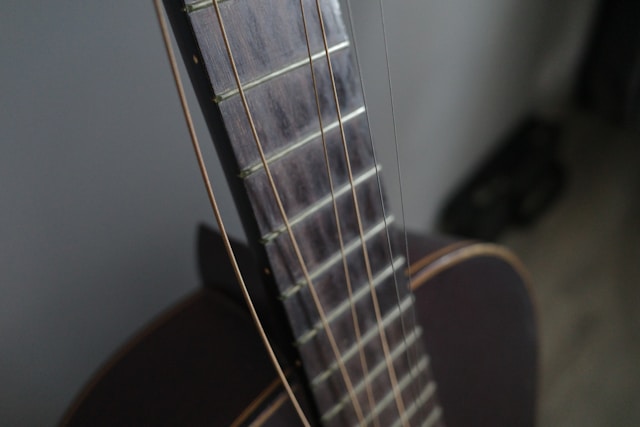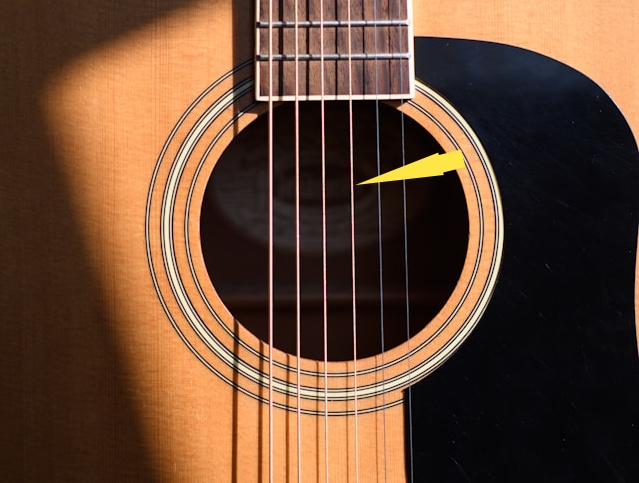Ever have one of those “DUH” moments? A time when the solution to a problem was staring you in the face, but you just couldn’t see it?
After 30+ years as a gigging guitarist you would think that I could pretty much figure out the solution to nearly any equipment problem that arises on stage. In my years as a touring musician I had just about seen it all, and should know how to handle any issues or adversities almost as second nature – right?……Wrong!
My “DUH” moment started a few weeks ago on a gig. As we were playing a set I noticed that my guitar amp seemed to be losing power. The output had diminished to the point where I had to crank up the volume to almost double the normal level I play at just to be heard.
In my infinite wisdom as an experienced pro guitarist, I naturally assumed that the pre-amp tubes in my amp were going out and needed to be replaced, so the next day I ran out, bought some new ones and put them in. Problem solved…or so I thought.
Next gig comes along and I fire up my rig with confidence knowing I’ve got new pre-amp tubes and things are going to be great….Not!
Same problem, my signal was maybe half of the norm, and I was pushing the volume knob almost to 10 just to be heard!
Again, my highly enlightened powers of deduction told me that, since I had just replaced the pre-amp tubes in my amp, the problem must be with the power amp tubes, so I whip out the credit card and order a new set of matching bias 6L6’s, just knowing that I will be back in business.
I slap in the new tubes, go to the next gig and hook everything up, only to find that the problem still exists. Almost no signal coming out of the amp.
With the gig scheduled to start in a few minutes I started to panic. But then, like an early morning ray of sun, a moment of clarity took over, and I resolved to go back to basics and troubleshoot the problem like I learned to do many years ago.
As I began the process of troubleshooting by reaching for cables to unplug, the problem jumped out and slapped me in the face. Looking down at my trusty Boss ME-50 multi-effects processor, I noticed that the “level” knob on the compressor section had been inadvertently turned down to almost zero!
I turned the knob back up to my normal playing level and…presto…problem solved!
In the blink of an eye, several weeks of frustration (and expense) were wiped clean and all was right in the world again.
And the sad part was, it could have all been avoided had I just initially done what I’ve always known I should have done. Take a deep breath, and a step back, and troubleshoot…”DUH”
If you’re experiencing problems with your guitar rig – no sound, low sound, scratchy signal, unwanted distortion, etc. – here are some steps to tracking down the problem.
1. First of all, realize that there are many things that can cause a problem. Especially with a guitar rig that uses a number of effects pedals and processors. Never assume to instantly know where the problem is coming from to the exclusion of all the other possibilities.
2. Break the rig down to its lowest common denominator. Unplug all the pedals, cables and processors and just plug one cable from the guitar to the amp. If there is still a problem, or no sound at all, try another cable that you know works properly.
3. If the problem persists, you then know that the problem lies either with the amp, or the guitar. Try plugging the guitar into another amp, or a channel on the PA system to ensure that it is working properly. Conversely, try plugging another guitar into your amp to see if the amp is working properly.
4. If you get a good signal when plugging the guitar directly into the amp then you know that the problem lies somewhere in the signal chain of the pedals, cables and effects processors that are between the guitar and the amp.
5. Isolate each pedal or processor with cables that you know work, and try to determine which pedal might be causing the problem. It may be as simple as a bad battery in a pedal.
6. Check each cable in the chain to see if there is a loose solder connection or bad ground in one of them. Bad cables are one of the most common problems that arise in a guitar rig.
7. Put the rig back together one piece at a time and check the signal after each step. This will ensure that you will catch anything you may have missed initially.
At this point you should have narrowed down the problem and at least be able to isolate it before the gig starts. You may have to go forward without your favorite pedal, but at least the show can go on!
As a fairly experienced guitar player, I’m almost embarrassed to share my “DUH” moment with you. I’ve already taken a good amount of ribbing from my bandmates over it, so why invite any more abuse?
In the hopes that you’ll never have to suffer the shame that I have!
Enjoy!




